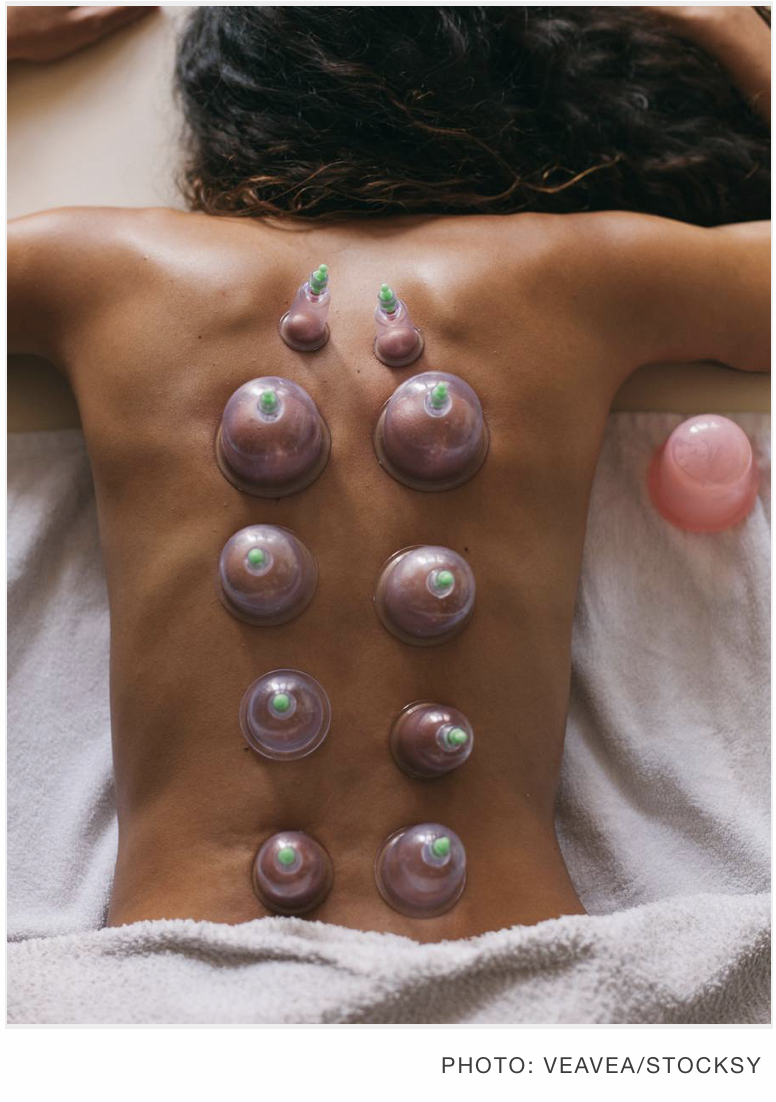Cupping is an ancient practice that has known by many cultures and civilizations for centuries for its healing effects. “Hijama,” also known as wet cupping, and “dry cupping” are both traditional therapeutic practices involving the use of cups to create suction on the skin. They are commonly used in some cultures as alternative or complementary treatments for various health conditions.
Before going in details of these two differences, let’s use the word ”hijama” as the general term for ”cupping” in this piece of article since its definition has taken popularly the general term of ”cupping”.
The term “hijama” is an Arabic word that translates to “sucking” or “vacuum” and refers to the process of applying cups to the skin to create a localized suction.
The practice involves using glass, plastic, or silicone cups that are placed on specific points of the body, often on the back, neck, shoulders, or other areas of discomfort. A vacuum is created inside the cup either by heating the air inside or using a mechanical pump. As a result, the cups create a suction effect, pulling the skin and underlying tissue into the cup.
The main purposes of hijama are:
- Detoxification: hijama helps to remove toxins and stagnant blood from the body, which improves overall health and well-being.
- Pain Relief: It alleviates muscle tension and pain, particularly in the back, neck, and shoulders.
- Promoting Circulation: The suction created by the cups stimulates blood flow to the area, which may help with various health conditions.
Hijama has been used to treat a wide range of ailments, including musculoskeletal problems, digestive issues, skin conditions, and even certain respiratory disorders. It brings relief to symptoms of illnesses. However, it’s important to note that scientific research on the effectiveness of hijama is limited, and its benefits remains a subject of debate.
Going into the detail of difference between wet cupping (hijama) and dry cupping.
- Hijama (Wet Cupping): Hijama or wet cupping involves making small incisions on the skin before* applying the cups. The cups create a vacuum, drawing a small amount of blood from the incisions. The idea behind wet cupping is to remove “bad” blood and toxins from the body, which is believed to promote healing and improve overall health. After the cups are removed, the therapist typically covers the incision points to allow them to heal. (*It has two stages of applying the cups: first time is to ”prepare” the skin area for the incision, second time is to apply the cups for sucking the blood waste).
- Dry Cupping: Dry cupping, on the other hand, does not involve making any incisions on the skin. The cups are placed on specific areas of the body, creating suction without drawing blood. This suction is only to stimulate blood flow, reduce muscle tension, and promote relaxation. The cups can either be left in place for a few minutes or moved around the skin to enhance the therapeutic effect.
Both wet cupping and dry cupping are thought to help with pain relief, relaxation, and overall well-being.
If you’re interested in trying hijama or any alternative therapy, it’s essential to consult with a qualified and experienced practitioner. At EMOIZINE we can provide this service for you, both for the wet (hijama) and dry cupping. We are professionaly trained and experienced for this practice.
Also, discuss your health concerns with a healthcare professional to ensure it is safe and appropriate for your specific condition. If you have any questions or you want to make an appointment, contact us.
